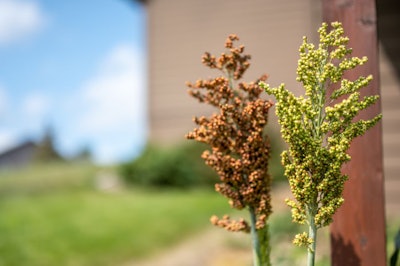
Lost_in_the_Midwest | BigStock.com
Compared with other major cereals, sorghum is less known worldwide. Yet, when one brings up the folklore image of a witch on a broom, then everyone knows sorghum. That broom was more likely than not made from a specific variety of sorghum (vulgare) that is still cultivated throughout the world for this specific purpose.